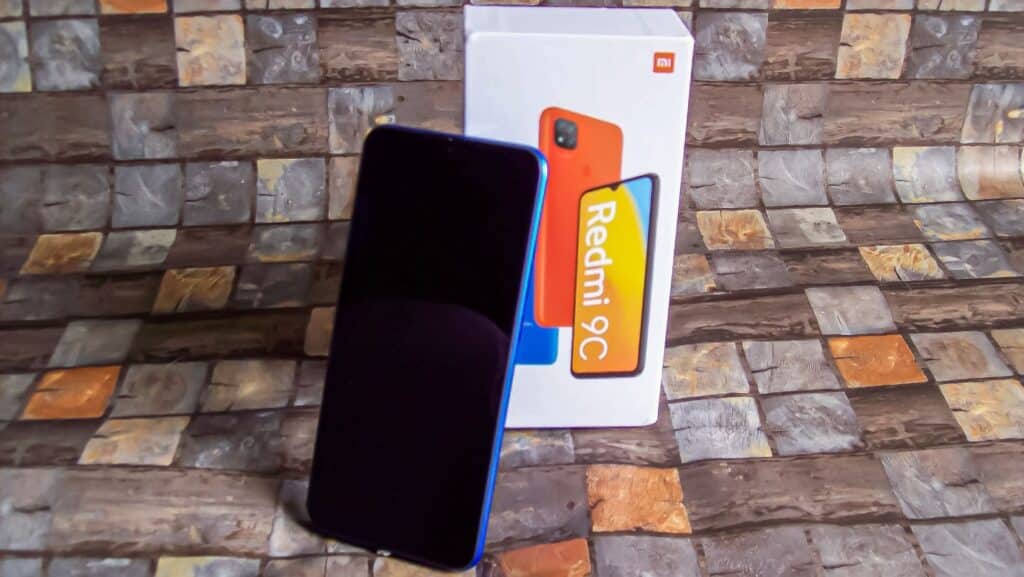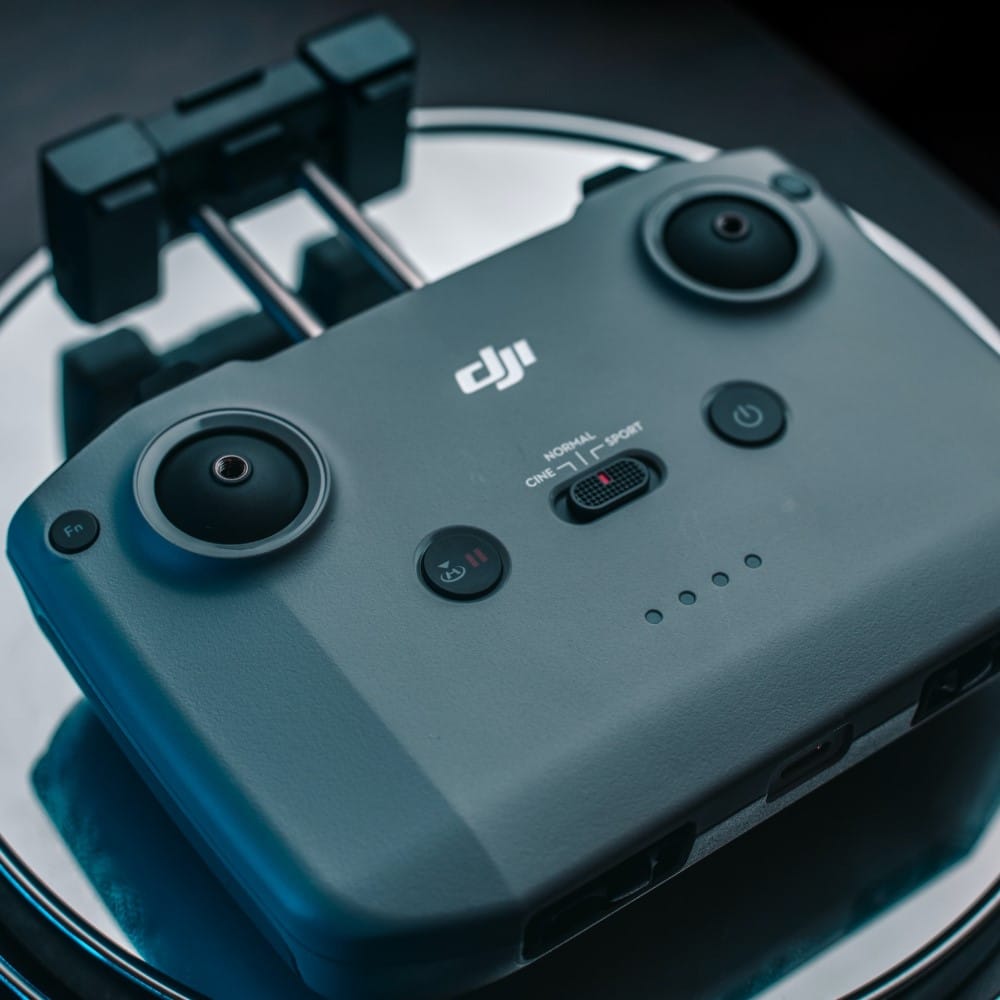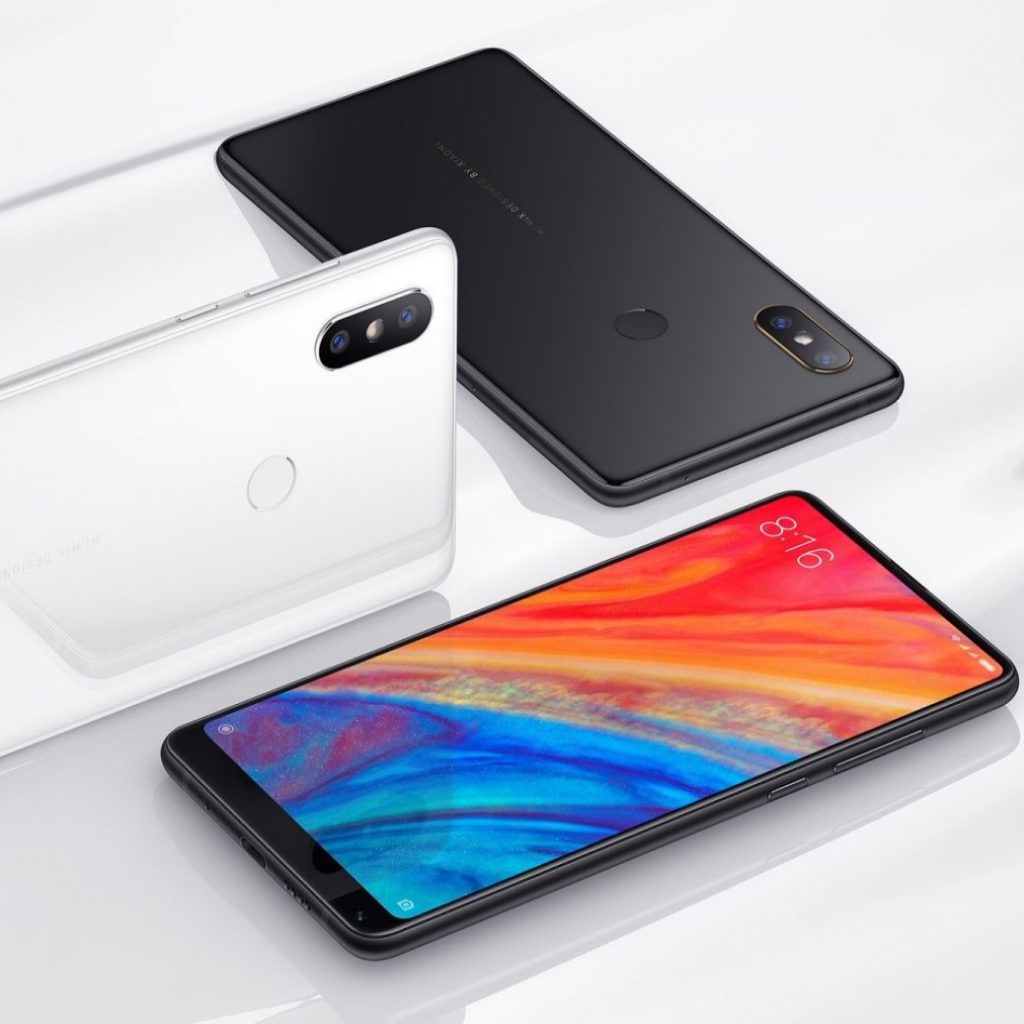When you purchase through links on our site, we may earn an affiliate commission. Learn more...
Xiaomi Redmi 9C Honest Review: Value for Money or Failure?
Verdict
This phone is a great option for people who want to spend just about $100. It has some positives and some negatives, but overall, if you don’t have high expectations, you will be quite satisfied.
This is just an entry-level phone, so some things might not run so smoothly.
At the end of the day, if you want a smartphone to take some good quality photos, post on social media, and do mild photo/video editing you might be impressed by what it has to offer.
Pros
- Very low price
- There is a version with NFC
- Pretty decent camera for its price
- Large battery capacity
- Great design which makes it different from the rest
- Average display with nice viewing angles
Cons
- Some apps might start lagging, especially in the 2GB version
- Can’t run some apps as they are not compatible (for some reason)
- Not ideal for gaming, and video editing, although, it can do some very basic stuff.
- Doesn’t have fast charging.
Pricing and Release Date of Redmi 9C

The Redmi 9C was announced on June 30th, 2020, and officially released on August 12th, 2020 for a starting price of $150 with 2 versions to choose from. The regular and the NFC versions come in 3 different colors: Midnight Gray, Sunrise Orange, and Twilight Blue.
The Redmi 9C was the 3rd phone in the series and was supposed to be their entry-level phone with an NFC feature. I purchased it around December from Banggood with a coupon code since I was searching for a budget phone, and at the end of the day, I am glad I bought it.
You can purchase them directly from the Xiaomi store but you can probably save some extra bucks if you get them from other retailers. The NFC version costs about $20 more but just the fact that they include NFC in a budget phone makes it worth the money. There are, as usual, different storage options to pick from:
- 2GB RAM | 32GB Local Storage
- 3GB RAM | 32GB Local Storage
- 3GB RAM | 64GB Local Storage
- 4GB RAM | 64GB Local Storage
In 2021, as we’re slowly approaching the 1-year mark since its release, the price has gone down even more. You’ll likely be able to find the product for approximately $100 as it’s been overshadowed by the other releases of Xiaomi.
Camera
To get the main specs of the camera out of the way, the Redmi 9C comes with 3 rear lenses and 1 at the front:
- Main: 13 MP, f/2.2, 28mm (wide), 1.0µm, PDAF
- 2 MP, f/2.4, (macro)
- 2 MP, f/2.4, (depth)
- Selfie: 5 MP, f/2.2, (wide), 1.12µm
And also includes 6 different camera modes. Below you can see their respective resolution:
Normal:
- Full ⇒ 1920×4160 pixels
- 9:16 ⇒ 2304×4096 pixels
- 3:4 ⇒ 3120×4160 pixels
- 1:1 ⇒ 3120×3120 pixels
Macro:
- Full ⇒ 736×1600 pixels
- 9:16 ⇒ 900×1600 pixels
- 3:4 ⇒ 1200×1600 pixels
- 1:1 ⇒ 1200×1200 pixels
Portrait:
- Full ⇒ 1506×3264 pixels
- 9:16 ⇒ 1836×3264 pixels
- 3:4 ⇒ 2448×3264 pixels
Pro Mode:
- Full ⇒ 1920×4160 pixels
- 9:16 ⇒ 2304×4096 pixels
- 3:4 ⇒ 3120×4160 pixels
Selfie:
- Full ⇒ 1200×2592 pixels
- 9:16 ⇒ 1456×2592 pixels
- 3:4 ⇒ 1936×2592 pixels
- 1:1 ⇒ 1936×1936 pixels
Night Mode:
- Full ⇒ 1506×3264 pixels
- 9:16 ⇒ 1836×3264 pixels
- 3:4 ⇒ 2448×3264 pixels

Its video recording is pretty standard but that’s to be expected for a budget phone. I could never ask for a 60fps video for that price. Below are the resolutions in detail:
- Normal video ⇒ 1080p @30fps / 720p @30fps
- Macro ⇒ 720p @30fps
- Time Lapse ⇒ 720p @30fps
- Short Video ⇒ 720p @30fps

Now, let’s talk about the general feeling of the camera. For starters, Xiaomi is known for having high-quality cameras (not at the level of iPhones, obviously), and for $100, I would say that these pictures are at a decent level.
The amount of detail could be definitely better, but that’s mostly visible when zooming in on the photo, and unless you pay a lot of attention to detail, that’s a minor issue.
When you first buy the phone, there’s no lagging issue, but after you fill about half of the storage space, you may experience some interaction delays (e.g. with the video) of 1-2 seconds.
One negative thing is that the AI’s preferences aren’t accessible to you. For instance, the AI may struggle for like 2 minutes to find the correct preference for something it doesn’t “understand” (like Easter eggs or something else out of the ordinary) and you can’t set the right one manually. But you can always turn it off.

The colors are very satisfying, but when it comes to autofocus, it’s sometimes good and sometimes not.
When you bring a lighted (whitened) area towards the lenses (e.g. with the flash on) while recording a video, it usually doesn’t focus on its own and you have to tap on the subject to do so.
On the positive side, the night mode is amazing compared to my previous Samsung model (released in 2014) but you can’t compare them due to the year of release.
When it comes to photo resolution, except Macro, the average you get is over 2K and the maximum is about 4K which is more than I could have asked for a phone of its price.
Pro Mode
The Pro Mode is quite difficult to use unless you know professional cameras. It has several pro camera features such as shutter speed, iso, focal length, exposure, etc.
However, that has its positive side as well, since you can modify your photos more like a professional photographer. I’m no expert, but from the little experience that I have, these features seem okay.
You should expect fewer options in comparison to more expensive smartphones. Taking photos with low expectations is always the key with budget phones.

Design & Display
Redmi 9C doesn’t have the slimmest design with 9mm of thickness. It is made of plastic and weighs about 200g but when you hold it you can feel like it’s something very solid. It doesn’t give you the sense of holding a cheap plastic device.
The thing I like is that the rear side of the phone has a texture that looks and feels like a fingerprint. Pretty smart decision by Xiaomi since most of their other devices have either a glossy or matte design.
On top of that, they have also placed the fingerprint sensor on the back which might not be the most comfortable place for people with smaller fingers, although, I didn’t face any problems using it.

In addition, the back side of the phone is slightly curved which makes it look more exquisite. At the front, there are small screen bezels around the screen and a bigger one at the bottom which might seem useless at first but it’s pretty useful if you try to watch a video.
For instance, my old phone barely had any bezels and I used to accidentally pause video while holding the phone. Overall, I am pretty happy with the design as it looks slightly different than the rest.

It has a 6.53-inch (81.1% screen-to-body ratio) IPS LCD display, which makes the colors look really vibrant. Its resolution is 720 x 1600 pixels (20:9 ratio and 269 PPI density), and I have to say I was pretty worried at first.
I thought I would be able to see the pixels of the screen, but thankfully, they are not visible to the naked eye. Overall, thanks to its IPS panel, it has excellent viewing angles, and the touchscreen feels pretty responsive.
However, I think that the display is not its strongest point since you can just buy the Redmi 9 for an extra $20 and get a 1080p resolution.
Battery
Battery capacity is the best part of this phone and all other Xiaomi products as well. It comes with a Li-Po 5000 mAh non-removable battery that will easily last for 2 days.
Furthermore, another factor that contributes a lot to its battery life is the 720p display. More expensive phones use a 1080p resolution display and tend to run out of battery faster.
On the negative side of things, it charges through a micro USB port with a 10W power adapter. Sadly, it only supports slow charging, so it will take you over 3 hours to charge it from 0% to 100%.
I believe that Xiaomi could have easily added fast charging without increasing the price of the product by that much.
Connectivity

When it comes to connectivity, the Redmi 9C supports all of the basic features such as:
- WLAN ⇒ Wi-Fi 802.11 b/g/n, Wi-Fi Direct, hotspot
- Bluetooth ⇒ 5.0, A2DP, LE
- GPS ⇒ Yes, with A-GPS, GLONASS, BDS
- NFC ⇒ Yes if you buy the NFC version of the phone
- Radio ⇒ FM radio
- 3.5mm jack ⇒ Yes
- USB ⇒ micro USB 2.0, USB On-The-Go
- Card Slot ⇒ microSDXC (dedicated slot)
So far, all of them are working properly. As I mentioned above, you will have to pay extra money to get the NFC feature. The only negative here would be the micro USB 2.0 that it uses. I would prefer it if they used a USB type-c connector instead, which is vastly superior.
Performance

While measuring performance, the Redmi 9C did not perform really well but it’s expected for a device of that price range. You shouldn’t have high expectations and for the money you spend, the results are satisfying enough. Below are the full specs of the phone:
- Operating system ⇒ Android 10, MIUI 12
- CPU ⇒ Octa-core (4×2.3 GHz Cortex-A53 & 4×1.8 GHz Cortex-A53)
- GPU ⇒ PowerVR GE8320
- Chipset ⇒ MediaTek Helio G35 (12 nm)
The operating system of Xiaomi is the same as other android smartphones. It supports all the Google Services and it’s pretty fast.
There is some small delay when going from one app to another and that gets even worse if you start opening more and more applications.
I bought the 3GB RAM version which offers better multitasking. I wouldn’t recommend you to get the 2GB version because you will soon realize that they’re not enough.

As for the CPU, the benchmark went as expected when tested on GeekBench. It got a 155 Single-Core Score and a 555 Multi-Core Score. I promise that people who buy this phone for simple everyday usage won’t have any issues.
However, the specific CPU can’t handle heavy photo or video editing because after I added different layers in the app, it started lagging.
Overall, the MediaTek Helio G35 CPU chipset is pretty solid but can’t really come close to the Snapdragon quality of more expensive phones.
Finally, we have the graphics of the phone, and just like the CPU, don’t expect to do too much here. This smartphone is not meant for competitive and hardcore gamers. It runs most games at medium to low graphics at a decent FPS rate, but that’s just about it.
If you are looking to buy a phone just for gaming, this is not it. I tested Need for Speed: No Limits and I got some pretty decent framerates but nothing serious. Obviously, you can run older games and there won’t be any FPS drops.
In general, the GPU performance for a user like me (who doesn’t play many mobile games) is OK but I can see why other people might be dissatisfied.





